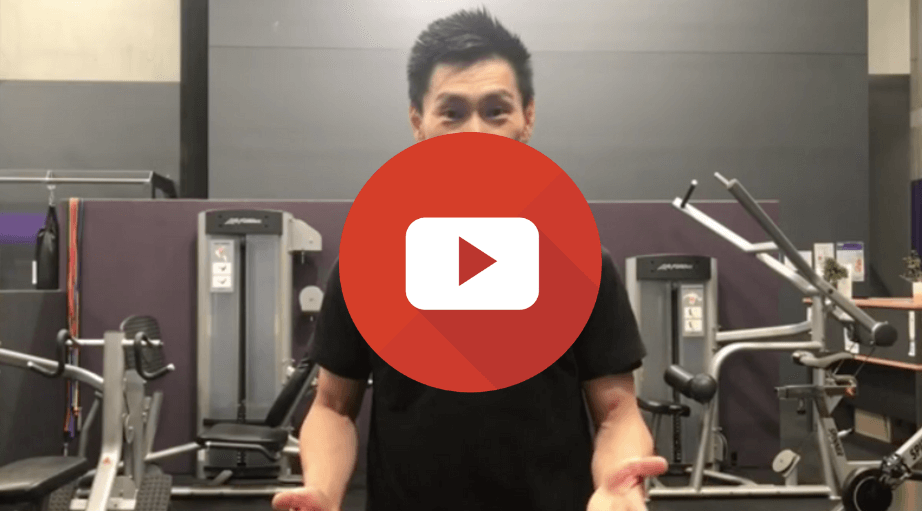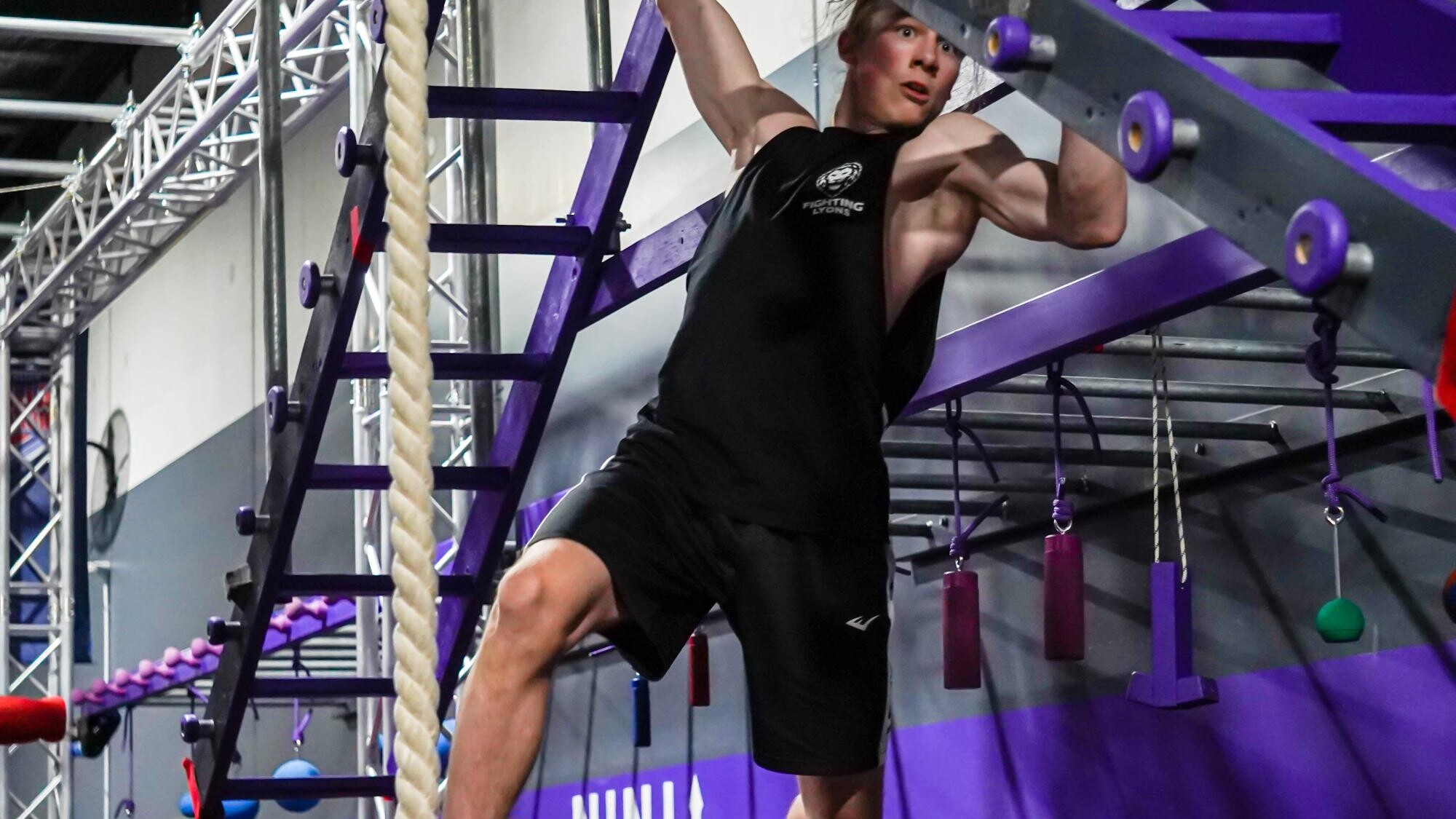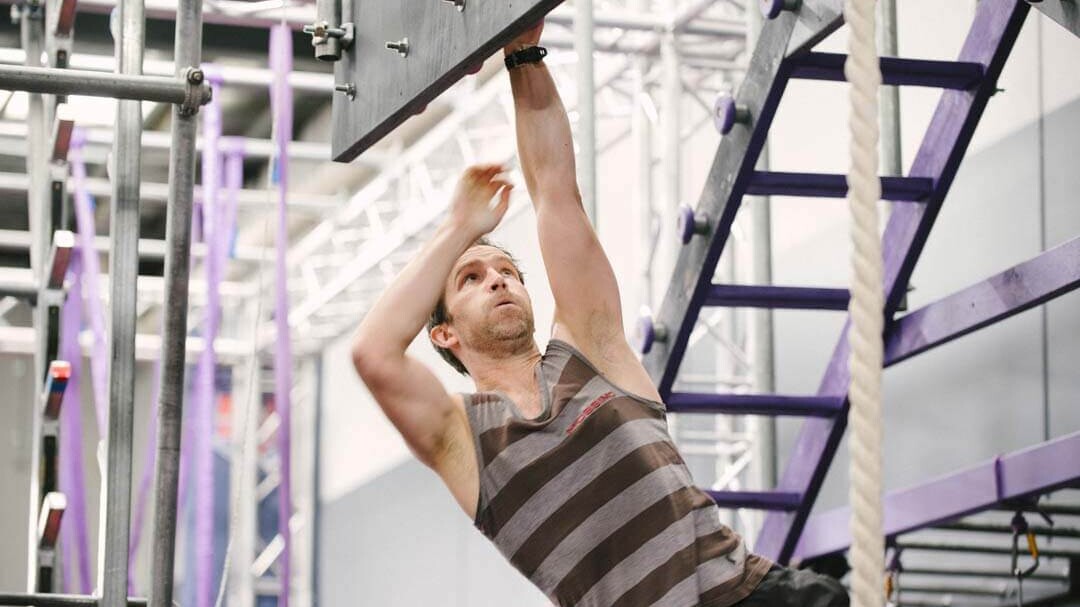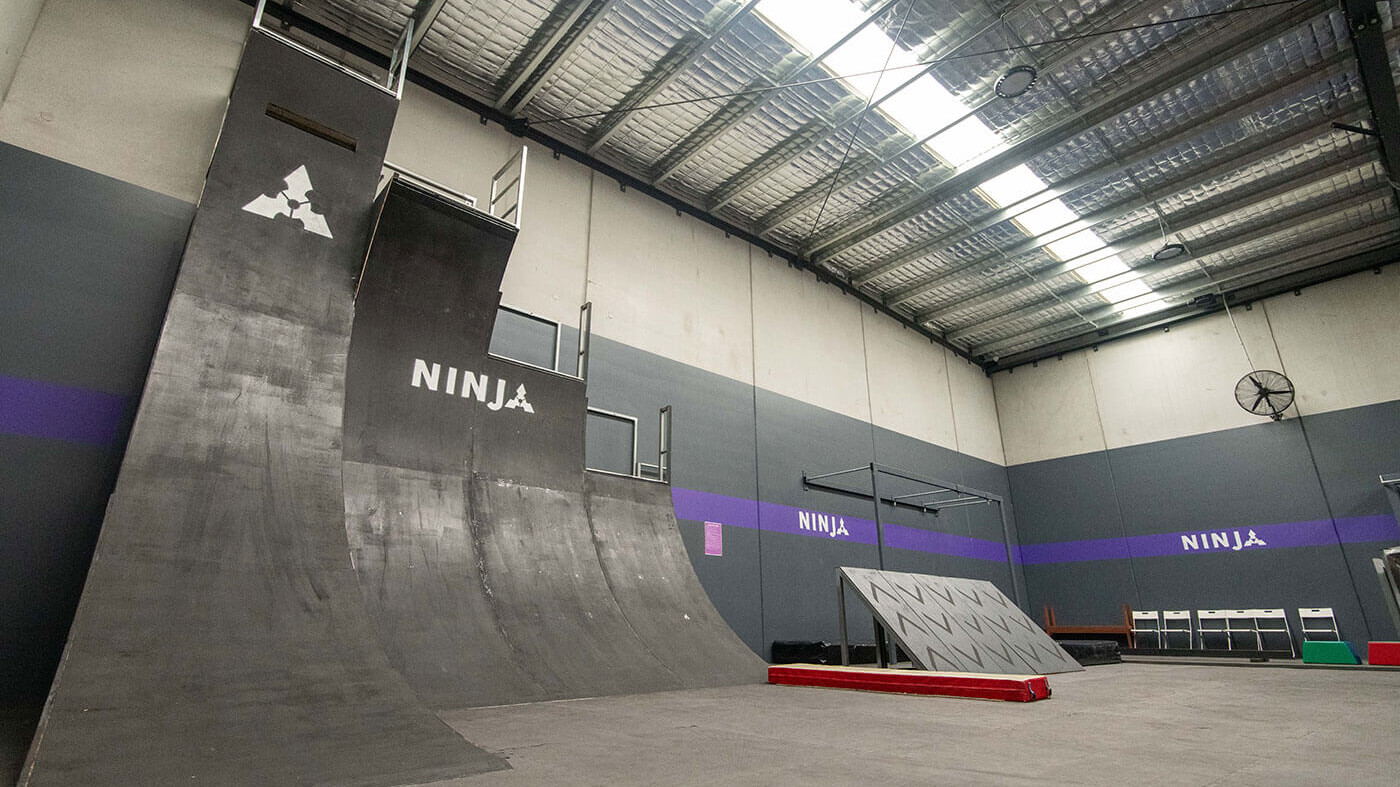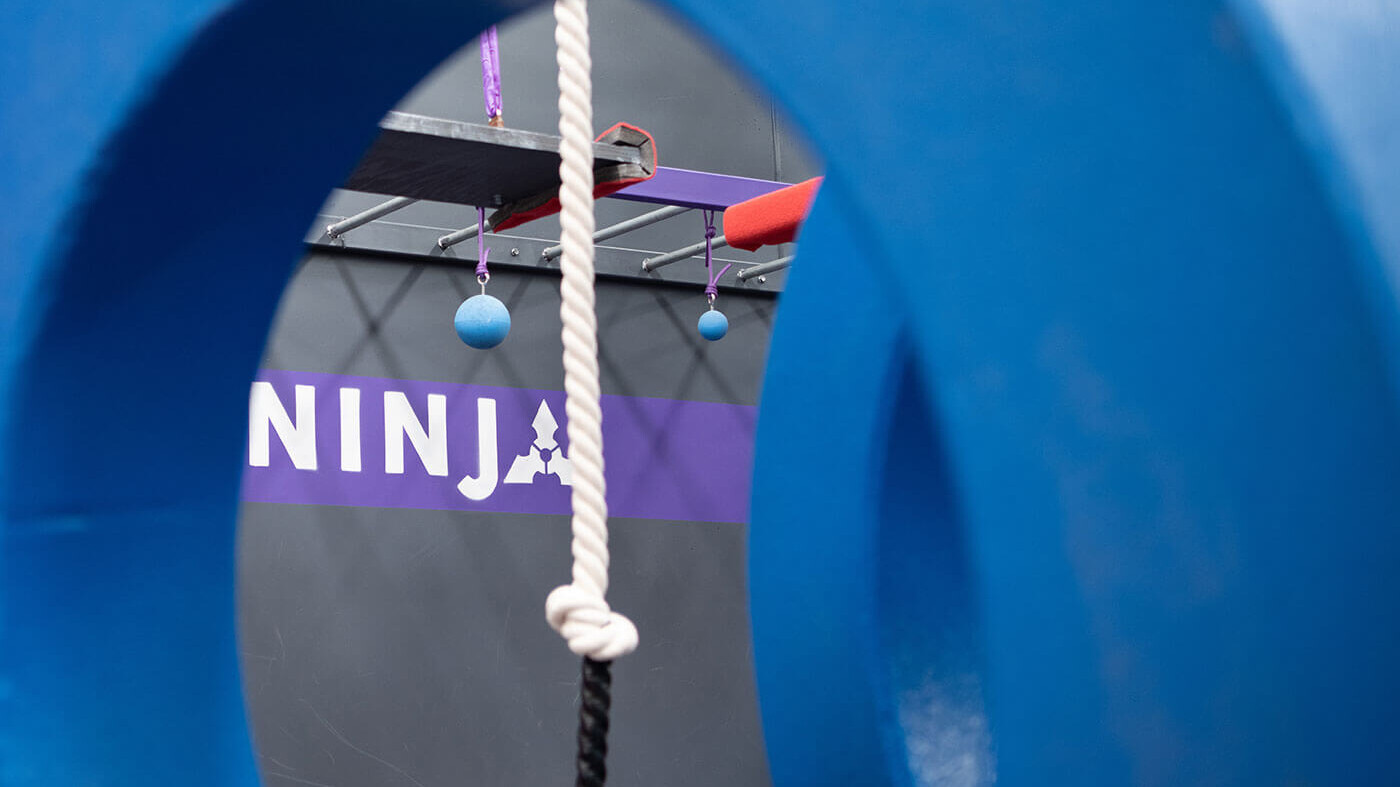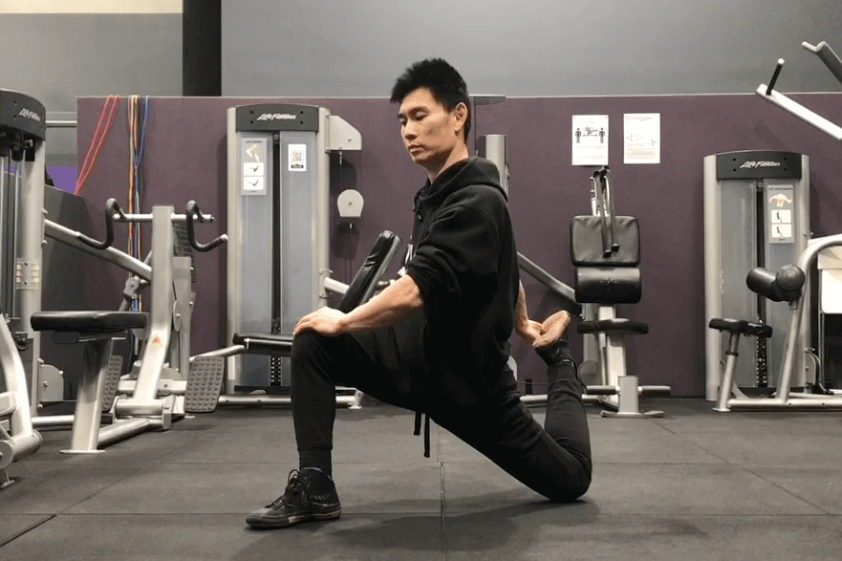
What is a Cool Down and why should I do one?
A Cool down is a deliberate time set aside at the end of your training session to transition from a high intensity activity to lower intensity activity and return to normal resting rates.
The benefits of a cool down include:
- Removal of lactic acid build up from your activity, which may decrease soreness immediately following the activity and in the days following. i.e. Delayed Onset of Muscle Soreness (DOMS).
- Improved recovery rate.
- Prevent blood clotting.
- Incremental return to normal resting levels of heart rate, respiration, and temperature.
- Prevent injuries.
- Improved sleep and mood.
- Improved immune system.
- Increased range of movement of joints that may result in better quality of life.
- Psychological preparation and transition from one activity to another.
- MORE POWER and STRENGTH unlocked with flexibility training.
Sounds like a good list of benefits to me! So why do many people skip this important part of their exercise routine?
- Maybe they have not planned their time well. “Oh look at the time! We’ve run out of time and I need to get to [the next part of my day]”
- Are not aware of the benefits, therefore placing the cool down at low importance.
- Think they are young and don’t need it or think it is boring. Some young kids may not feel the soreness as much as the older of us, but there are also great calming effects that may benefit them psychologically on top of benefits listed above. Plus, it is great to start a life habit that will benefit them even more later on in life.
- They promise to do it at home, but by then they may have forgotten about it or it is probably too late! The drive home or to the next thing has already caused the waste products to settle and soreness is the next monster looming around the corner! Which will only make recovery and getting active again feel less desirable and take longer!
The more we think and learn about it, the benefits of a cool down seem to outweigh the downsides. So lets look at what we can do to cool down. A cool down generally includes two parts.
An ACTIVE cool down and a PASSIVE cool down.
Active cool downs are a low intensity activity done for about 2 minutes to help flush the lactic acid out of the fatigued muscles and can include:
- Walking on the treadmill, walking around the gym, walking down the last street of the jog.
- A light cycle on the machine.
- Light Jogging or slow swimming after a sprint.
- Takes 2-5 minutes
Passive cool downs involve little or no movement and can include:
- Static stretching or PNF stretching
- Massages (such as using a massage ball or foam roller, or going for to a masseuse if available).
- Contrast water therapy (hot and cold baths).
- Take 5 – 10 minutes minimum, but can go for much longer.
The target intensity level of the active cool down is about 3 to 4 out of 10 and passive cool down is 2-3. With 10 being maximum intensity and 1 being lying down doing nothing, which you may feel like doing!
So immediately following your work out or training session, I highly recommend an active cool down like the ones suggested above for 2 minutes and then my general go to is a static stretch. Some athletes may include some PNF or ballistic stretching to improve flexibility but in general a static stretch is a great way to end the session.
This video tutorial I have made focuses on the static stretching component of a cool down and will take you through a head to toe stretch routine. I also talk about PNF stretching, which is short for proprioceptive neuromuscular facilitation and demonstrate a little of ballistic stretching.
PNF and ballistic is specialized training to improve flexibility. Generally reserved for athletes. PNF involves relaxing into a stretch and then resisting the stretch for a short time by contracting the muscle being stretched for about 5 seconds, then relaxing the said muscle/s again and pushing the stretch further. It takes a bit more time than a general cool down and the aim is to become more and more flexible, which takes a bit more focused time.
Ballistic stretching another style again. It involves a gentle bouncing or bobbing into the stretch to improve flexibility but if done too intensely can damage the body.
Stretching CAN BE ENJOYABLE! There is joy and bliss beyond the pain barrier! Why it may be hurting is because there is a stretch reflex protecting your muscles and you may not be used to fighting it.
The stretch reflex is automatic or involuntary response. It is a sudden muscle contraction that activates when a muscle is being stretched unexpectedly to protect the body. For example, if we stepped onto uneven ground, our body would try to react by contracting muscles around the ankle to save it from rolling or damage. But in our cool down context, a controlled environment, we are contracting muscles and fatiguing them and they are becoming more and more tight. If we only do that, work out after workout, our muscles will get tighter and tighter, decreasing our range of movement. Resulting in being overly tight or stiff, with decreased range of motion. I picture Arnold Swarzenegger in his prime trying to do parkour! Too much bulk and probably the wrong type of strength for this function.
So we need to make the muscles long and supple again. To find enjoyment in stretching is like searching for treasure. Searching for the sweet spot. If you think of a pain scale of 1 to 10. With 10 being excruciating and your body is screaming at you “PLEASE STOP it feels like I’m about to break!” and 1 being no sensation at all. Somewhere around 8 is where you want to find your stretch. In the words of Jerry Seinfeld,
“Find out what will kill me and then… back it off a little.”
Find the sweet spot where you are still getting a stretch but can bare it for about 15-20 seconds. If you hold that stretch for that long, you may find the OFF BUTTON for the stretch reflex! Discovering this off button is the key to enjoying stretching and vital to increase your flexibility! It is where the automatic muscle contraction turns off and you can finally relax the stretching muscle bit by bit. You may find the reflex has many “layers” to relax through or the muscles are only relaxing bit by bit, but keep finding the sweet spot and then you will discover the muscles can get longer and longer. I love picturing the muscle fibres stretch like dough, becoming supple. It may be a gradual discovery but well worth it!
I mentioned more power and strength unlocked as a result of cooling down. Here is why! More flexibility, to an extent, is like stretching a rubber band and the potential power it produces when you release the rubber band. If you pull it back only a little, it cannot produce a big flick. On the contrary, if it is flexible, supple, malleable, when you can pull it back further, you have the potential to produce a bigger output! It is like if you were standing at the bottom of the warped wall and allowing yourself to take a few steps backwards for a run up to the warped wall. You will have a bit more chance to produce the speed needed.
There is such a thing as too flexible or being hyper-mobile, but this blog is generally addressed to being hypo mobile or being not flexible or stiff to a point where increased flexibility would be beneficial. More run up to the warped wall becomes less effective at some point because when you have hit your maximum speed, become tired and run out of explosive power before the point where it is really needed, you won’t make it up. However, in general, increased flexibility, paired with resistance and other training can help you unlock more potential strength and speed, which equals more power!
So get stretching for your own good!
Thanks for reading!
Join us at Ninja Nation for your family fitness and fun!
Jump on our YouTube channel Ninja Australia for more tutorials.
Follow us on Instagram and Facebook @ninjaaustralia
